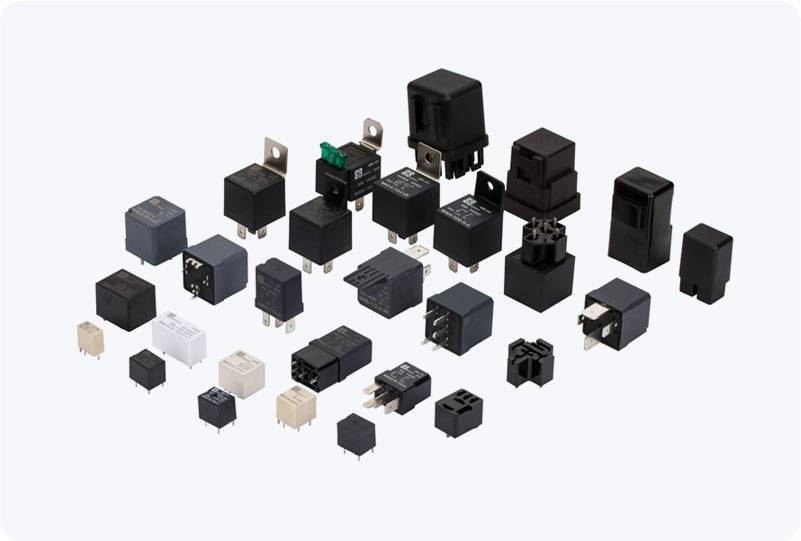precharge relay: a vital component for protecting power systems
Release time:2025-08-08 15:19:30
In modern electrical and electronic systems, especially those that operate with high voltages and currents, protecting components from damage due to sudden power surges is critical. One such crucial protective component is the Precharge Relay. This device plays a pivotal role in ensuring the safe charging of capacitors or batteries by gradually increasing voltage levels when power is first applied to the system. Without this vital component, power systems would be at risk of component failure, reducing the lifespan of equipment and increasing maintenance costs.

What is a Precharge Relay?
A precharge relay is an electronic switch used to manage the charging process of capacitors or batteries in high-voltage systems. It is typically found in systems where a large power supply, such as a battery bank or capacitor bank, is being charged. When power is first connected, the precharge relay momentarily limits the charging current, thereby reducing the initial current surge that could otherwise damage sensitive components.
The function of the precharge relay is simple yet essential: it ensures that the system is charged slowly and safely, reducing the risk of short circuits, electrical arcing, and component degradation. Once the system reaches a predetermined voltage level, the relay switches and allows full current to flow to the components, enabling the system to operate at its designed capacity.

